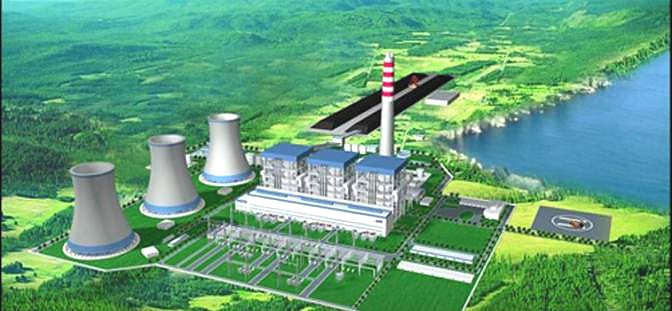Sixty years after Independence, Tanzania has continued to register multiple achievements in the energy sector, whereas a total of 534,000 square kilometers of land have undergone reconnaissance surveys on oil and natural gas. Out of the surveyed area, 394,0002 km are in the onshore and 140,0002 km are in the offshore basins that together cover 56 percent of the country's total size that has 947,0002 kilometers.
This was said yesterday in Dar es Salaam by the Acting Director General of Petroleum Upstream Regulatory Authority (PURA), Eng. Charles Sangweni, when he was addressing a press conference on achievements that have been recorded for the past 60 years. He said so far a total of 96 wells for both exploration and development have been drilled, of which 59 wells are in onshore basins and 37 in the offshore basins, of which 44 wells were established to have natural gas. "16 wells are onshore and the remaining 28 are offshore. The wells were drilled in Ruvu and Mkuranga in the Coast Region, Ntorya and Mnazibay in (Msimbati village in Mtwara region) as well as Songo Songo Island in Lindi," he said.
He went on to explain that a total of 57,5457 trillion3 feet of gas were discovered, out of which 47,48 trillion3 feet are offshore and the remaining 10,06 trillion3 feet are onshore. He said the first natural gas discovery in Tanzania was made in 1974 on the Songo Songo Island, followed by Mnazibay (1982), Mkuranga (2007) North Kilwa (2008) Ntorya (2012) and at the deep sea in 2010.
According to him, this paved the way for introduction of natural gas in production of energy for industrial, domestic use as well as in vehicles, whereas by October this year, a total of 52 factories in Dar es Salaam, Coast and Mtwara regions had been connected to natural gas, whereas two 'Compressed Natural Gas' (CNG) vehicle filling stations have been established in Dar es Salaam and Mtwara.
Currently, the gas power plants in the country contribute 60 percent to the electricity being produced in the country for industrial and Eng. Sangweni noted further that the establishment of PURA through Tanzania Petroleum Act 2015 has strengthened the country's capacity of enhancing control of the oil and gas industry. "Among other activities, PURA is also mandated to monitor, regulate and supervise the petroleum industry, including reserve estimation and measurement of produced petroleum and regulate the Liquefied natural gas (LNG) for export," he explained.
Moreover, PURA has played a great role in promoting local content in the Production Sharing Agreement (PSA) audit. This has enabled the government to save 90bn/- from the audits that have been conducted in the projects. The effective utilisation of natural gas resources has also enabled many Tanzanians to participate in the ongoing projects as a result of transfer of knowledge and skills to the locals for the future prosperity of the country.
";Local content on the natural gas projects is over 90 percent, as most Tanzanians are now knowledgeable of the industry," noted Eng. Sangweni. Speaking recently in Dodoma on behalf of the Minister of Energy, January Makamba, the Commissioner of Electricity and Renewable Energy, Engineer Felchesmi Mramba said the use of natural gas has reduced dependency in power from the traditional source of hydropower plants, whereas as of this November, 60 percent of electricity produced in Tanzania is from natural gas.
He said between 2004 and June 2020, the use of natural gas from Mnazi Bay and Songo Songo enabled the government to save 38tri/- that would have been spent on procuring diesel to be used in power generation. Moreover, on Thursday, the Managing Director of Tanzania Electric Supply Company Limited (Tanesco), Maharage Chande said the power utility company is installing additional natural-gas power plants in Ubungo Dar es Salaam to ramp up power generation by 345MW.
